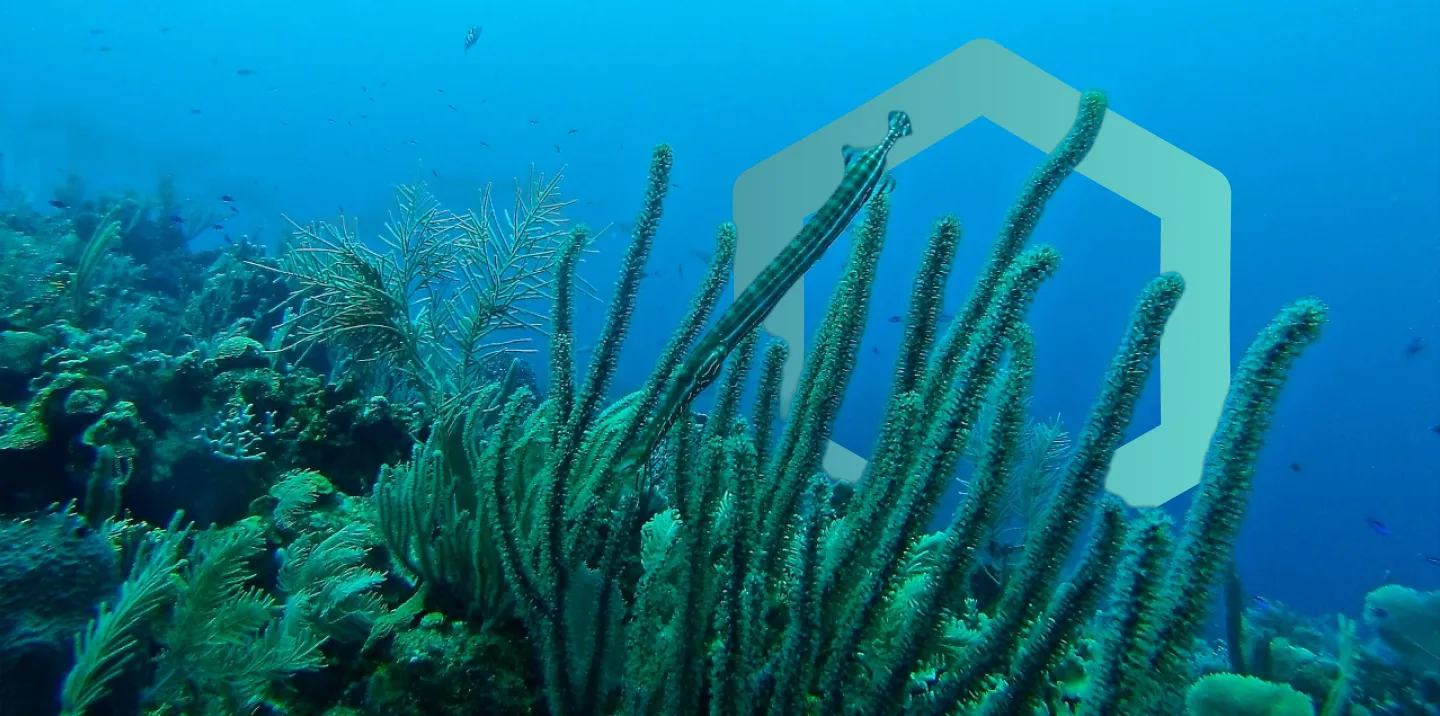Enhancing your CSRD journey with robust nature data: A practical guide to CSRD for Biodiversity and Ecosystems
The Corporate Sustainability Reporting Directive (CSRD) is changing how businesses measure and disclose sustainability data. This includes biodiversity and ecosystem requirements (ESRS E4) and introduces the concept of double materiality.
CSRD’s double materiality approach compels companies to understand both how their operations impact biodiversity and how nature-related risks affect business performance.
For many businesses, this will be a first. Whilst most large organisations are relatively comfortable measuring emissions, few adequately understand their nature-related risks, impacts and dependencies.
This requires fresh approaches, science-backed metrics, and a deeper understanding of nature’s role in business resilience.
Whether you’re new to nature reporting or already using frameworks like TNFD or ISSB, this guide equips you with actionable steps to align your business with these new standards and embed biodiversity into your sustainability strategy.
What’s Inside This Guide?
This step-by-step guide simplifies the complexities of CSRD biodiversity reporting and empowers you to act with confidence. Key takeaways include:
- Learn how to meet CSRD’s ESRS E4 biodiversity standards with clear, practical advice.
- Prioritize immediate reporting needs while planning for future requirements.
- Develop internal buy-in to embed nature goals across your business.
- Identify nature-related risks and opportunities within your operations and supply chain.
- Set science-based biodiversity targets that align with CSRD and track progress over time.
- Collect robust site-level biodiversity data with cutting-edge tools like eDNA and Earth Observation (EO).
Who is this guide for?
This practical guide will be of interest to sustainability and biodiversity professionals who are:
- Approaching CSRD and biodiversity reporting for the first time. This guide simplifies the standards and outlines actionable steps to get started.
- Already using nature-related frameworks like the Taskforce on Nature-related Financial Disclosures (TNFD) or the International Sustainability Standards Board (ISSB). This guide helps you understand how these overlap with CSRD.
- Operating in sectors with high nature dependencies, e.g. in industries like mining, agriculture, shipping, energy, and infrastructure.
- Working with EU-based clients or suppliers. Even if your company isn’t based in the EU, you may still need to comply with CSRD if you work within European supply chains or markets.
Access the guide now to drive impactful change, ensure compliance, and position your business as a sustainability leader.


.svg)







.svg)








%20(702%20x%20496%20px).png)


%201.webp)
.png)
.jpg)


.jpg)
